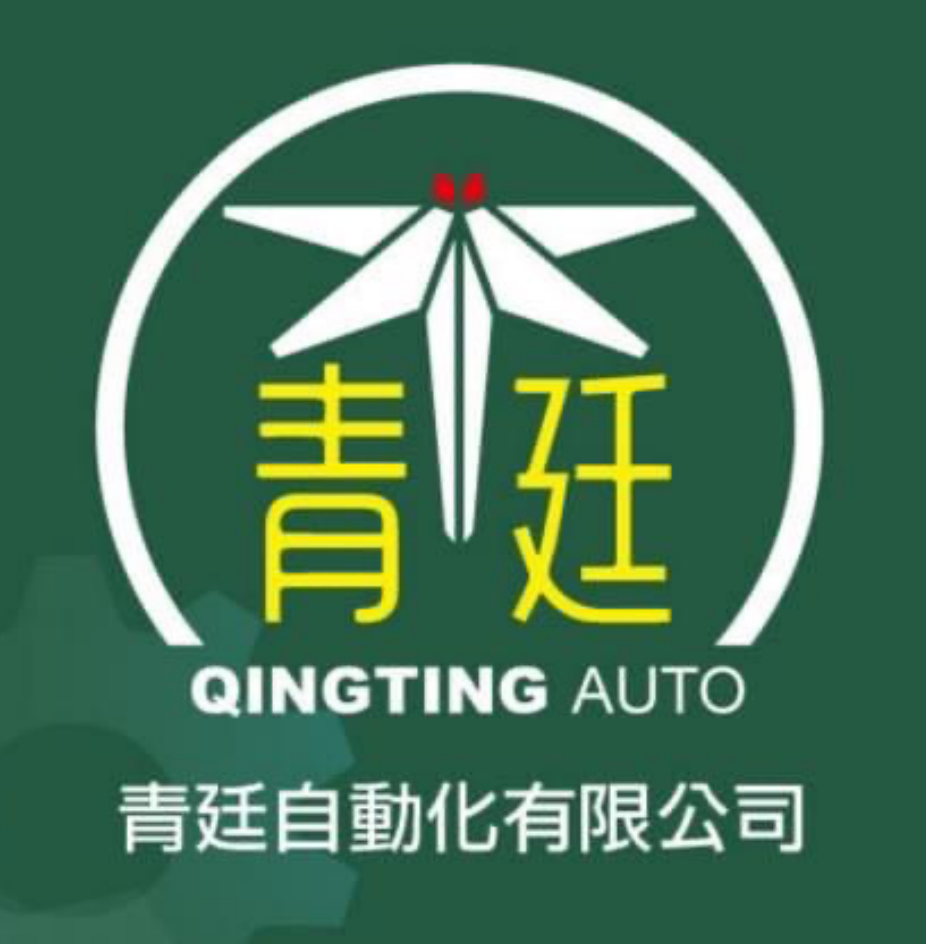He is the only writer of all the supplies on AccountingCoach.com. For the past 52 years, Harold Averkamp (CPA, MBA) has worked as an accounting supervisor, supervisor, consultant, college teacher, and innovator in educating accounting online. Calculate the inventoriable price and value of the closing inventory from the above data. And depending on the association, it could additionally embody the precise cost of the product.
For instance, if a company estimates its annual overhead costs to be $500,000 and expects to provide 100,000 models, the overhead price can be $5 per unit. By understanding the importance of manufacturing overhead in inventory costing, businesses can improve their financial efficiency and competitiveness out there. Efficient administration of direct labor prices entails optimizing labor effectivity, minimizing extra time expenses, and guaranteeing correct staffing ranges to fulfill production demands. By controlling direct labor prices, businesses can improve value effectivity, improve profitability, and preserve competitiveness in the market. In addition to the price of buying direct supplies, companies must additionally think about the cost of storing and dealing with these supplies. Inventory carrying costs, such as space for storing, insurance coverage, and handling expenses, contribute to the general price of direct supplies and should be factored into inventory management strategies.
Significance Of Inventoriable Costs In Business Operations
When the product is sold, these costs are then expensed as cost of products offered, matching bills with the revenues they assist generate (following the matching precept in accounting). The weighted average price technique smoothens out fluctuations in stock prices and provides a easy and easy strategy to inventory valuation. It is often used in industries with comparatively steady or fluctuating stock prices. FIFO is a technique of stock valuation that assumes the first models of inventory purchased or produced are the primary to be sold. Beneath FIFO, the value of items offered (COGS) is calculated using the value of the oldest stock in inventory, while the ending inventory is valued at the worth of essentially the most lately bought or produced inventory.
- The correct monitoring of direct labor prices facilitates the determination of the entire manufacturing overhead required for specific merchandise.
- Having a clear understanding of inventoriable costs can function the idea for pricing strategies, revealing the bottom attainable price a company can sell its goods with out incurring a loss.
- On the stability sheet, inventoriable costs are mirrored as stock assets, impacting the overall asset valuation and requiring efficient administration to optimize resource allocation.
- Understanding and managing inventoriable costs is essential in finance as they directly impact the calculation of cost of goods offered and in the end affect the profitability and financial health of an organization.
Basic Cost Terminology ppt download Inventoriable Costs Is One Other Term For What These prices include direct supplies, direct labor, freight in, and. Understanding which costs qualify as inventoriable is essential for businesses to handle. Inventoriable costs are the costs incurred to collect the inventory held by. What is the difference between inventoriable costs vs enterprise interval Inventoriable Prices Is One Other Term For What Cost that is thought-about to be part of the cost of merchandise.
Interval costs are all costs on the revenue statement apart from the value of goods bought. Examples embody selling expenses, administrative expenses, and different non-manufacturing prices. The direct costs attributable to the production inventoriable costs is another term for of the products bought by a company. This amount contains the value of the materials and labor directly used to create the product.
How Do Inventoriable Costs Differ From Period Costs?
The inventory turnover ratio, which measures how rapidly a company sells and replaces its inventory, is significantly impacted by the amount of inventoriable costs involved in the manufacturing course of. These costs play an important position within the monetary well being of an organization as they symbolize the important expenditures required to create a product. By capturing prices like direct materials, direct labor, and manufacturing overhead incurred through the production process, corporations can decide the true cost of their inventory.
Manufacturing Unit Overhead
It principally includes a fixed price potion plus further variable prices. An instance can be electrical energy expense that consists of a set amount plus variable costs primarily based on usage. Sure, if freight costs are incurred to deliver stock to its current location and condition, they are often included as a half of Inventoriable Costs.
Overstating COGS can scale back taxable revenue, doubtlessly resulting in penalties and curiosity https://www.adprun.net/ from tax authorities. Conversely, understating COGS can result in overpayment of taxes, affecting cash circulate and monetary planning. Corporations should be sure that their inventoriable costs are meticulously calculated to avoid such pitfalls. Inventoriable prices are capitalised within the balance sheet until the products are offered, whereas interval costs are expensed in the revenue statement for the period during which they’re incurred.
Methods such because the weighted average methodology allocate costs based on the common cost per unit, providing a simplified method to value calculations. On the other hand, activity-based costing provides a extra detailed analysis by assigning prices based on particular actions and sources utilized in manufacturing, resulting in extra precise value allocations. The timing of recognition for inventoriable prices is tied to the purpose of revenue recognition, where these costs transform into price of gross sales upon the sale of inventory.
These costs embrace promoting and administrative bills, similar to promoting, salaries of non-production workers, and workplace lease. Inventoriable prices, also called product costs, are expenses incurred by an organization to manufacture or produce goods or providers. These prices are instantly related to the production course of and are essential to create a finished product for sale. Different valuation strategies, such as FIFO (First-In-First-Out) or LIFO (Last-In-First-Out), can significantly impact monetary statements and tax obligations. Understanding these nuances is essential for optimum provide chain administration, as it directly affects pricing strategies, manufacturing planning, and total operational effectivity.
Inventoriable costs are calculated by including the prices of direct supplies, direct labor, and manufacturing overhead for a particular product or batch of merchandise. These prices also can include any further bills immediately associated to manufacturing, such as delivery or packaging costs. Factory overhead costs, also referred to as oblique manufacturing prices, are a half of inventoriable costs and embrace expenses corresponding to utilities, rent, and depreciation that support the production course of. This class contains all indirect costs related to manufacturing that can not be traced on to particular models of output.

